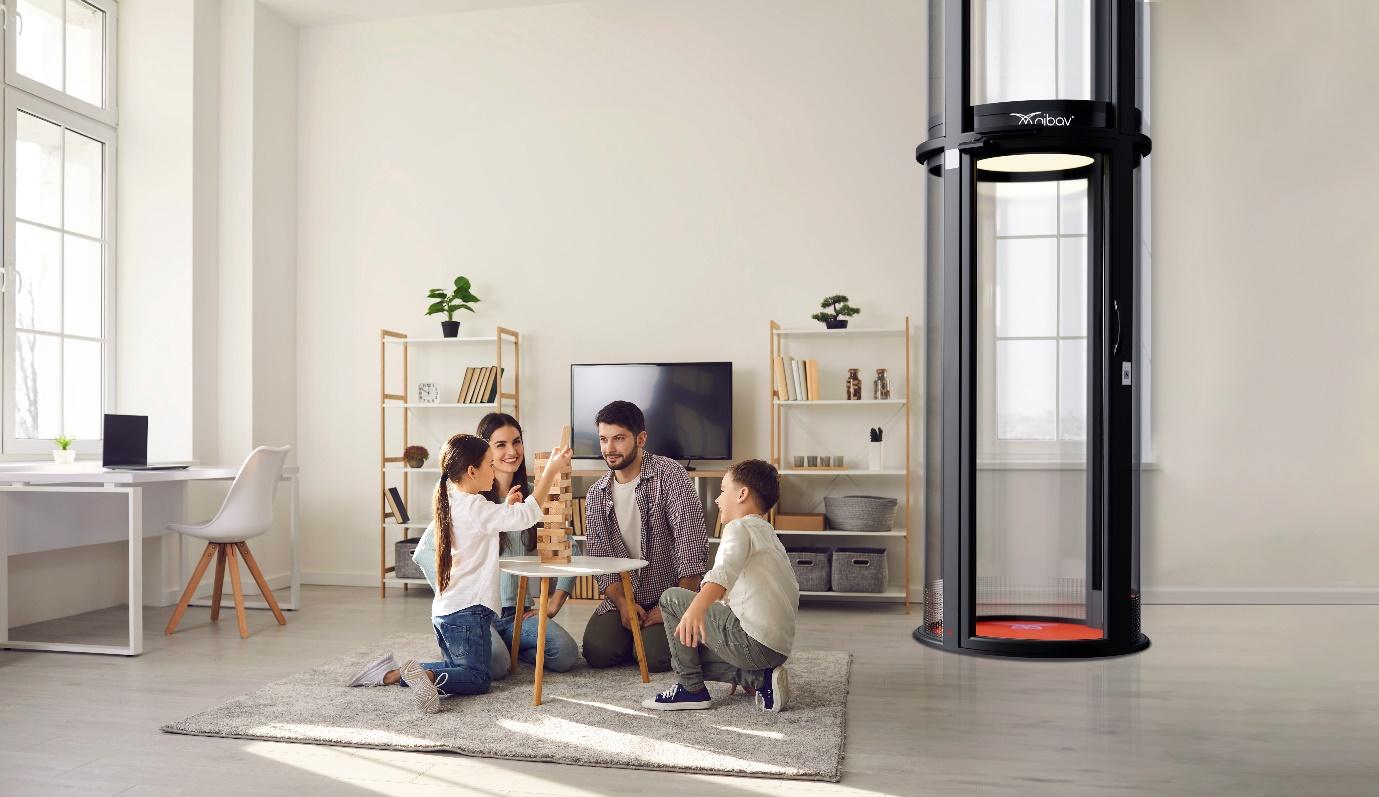The Top Trends in Home Elevator Design and Technology
In the world of home elevators, innovation is key. As homeowners seek to blend functionality with style, the industry has responded with advanced technologies and elegant designs that not only enhance accessibility but also add a touch of luxury. Here’s a look at the top trends in home elevator design and technology, promising to elevate the standards of living spaces.
1. Customizable Aesthetics
Gone are the days when elevators were merely functional. Today, they are a statement of style. With customizable panels, glass walls, and a variety of finishing materials, homeowners can now match their elevators to the interior design of their homes. Materials like brushed steel, glass, and fine woods are popular choices, reflecting personal style and enhancing the overall home aesthetics.
2. Smart Technology Integration
Modern home elevators are embracing smart technology. Features such as touch screens, voice control, and smartphone connectivity allow for an effortless operation. Homeowners can call their elevator from another floor using their phone or set up custom voice commands for easier accessibility. This integration not only improves functionality but also ensures that elevators can adapt to future technological advancements.
3. Eco-Friendly Solutions
Environmental sustainability is a major consideration in home elevator design. Manufacturers are now focusing on systems that require less energy and use environmentally friendly materials. Hydraulic and traction systems are being replaced by more efficient mechanisms like pneumatic vacuum elevators that use air pressure, minimizing energy use and reducing operational costs.
4. Enhanced Safety Features
Safety remains a paramount concern in elevator design. Innovations such as automatic rescue devices, emergency call buttons, and biometric security systems are becoming standard. These features ensure that in case of a power outage or other emergencies, residents can still safely use or exit the elevator.
5. Silent Operation
Noise reduction is a critical aspect in residential settings. Advanced motor designs and improved cabin insulation have led to elevators that operate almost silently, ensuring they do not disrupt the peace of the home. This is particularly beneficial in multi-story homes where the elevator may be used frequently at different times of the day or night.
6. Compact and Space-Saving Designs
As urban homes become smaller, space-saving solutions are more crucial than ever. Home elevators are being designed to occupy minimal space without compromising interior aesthetics. Some models can be installed externally, with stylish enclosures that blend with the building’s exterior, while others fit seamlessly inside existing staircases or through minimal structural modifications.
7. Luxury and Bespoke Options
Luxury home elevators go beyond functionality; they embody opulence and comfort. From custom handrails and LED lighting to integrated music systems and climate control, these elevators offer a premium experience. For the ultimate in personalization, bespoke elevators are crafted to meet the specific desires of the homeowner, often designed in collaboration with interior designers and architects.
8. Retrofitting Capabilities
With advancements in technology and design, retrofitting older homes with new elevator systems has become more feasible. Modern elevators can be installed with minimal structural changes, making them suitable for historic homes or those not originally built with elevator systems in mind.
Conclusion
The trends in home elevator design and technology reflect a blend of luxury, convenience, and innovation. As homeowners increasingly look for ways to enhance their living spaces, the evolution of home elevators is set to redefine residential comfort and style. With these trends, Nibav Home Lifts continues to lead the way, providing solutions that are not only aesthetically pleasing but are also at the forefront of technological innovation.
